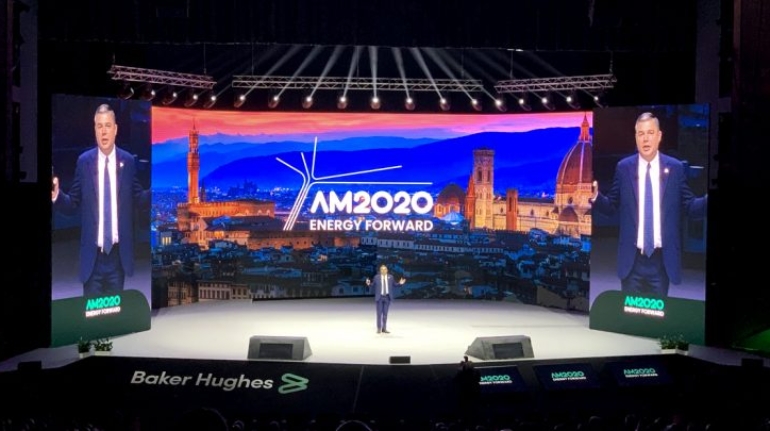Think of her what you will (that she is moved by larger interest groups or that she is being used for notoriety) but there is no doubt that young Greta Thunberg is now in the global spotlight and has done more than anyone to raise awareness on the need for eco-sustainability. By bringing attention to the relative issue of global warming, she has also indirectly driven attention toward the real issue that is affecting life on this planet: pollution. Be it from CO2 emissions, radioactivity, poisonous chemicals or plastic. The issue of plastic pollution – and by extent ocean plastic pollution – is the one that concerns (or should concern) the AM industry more directly. Since 3D printing provided a new way to process plastic, it can be a part of the problem or a part of the solution. Plastic Bank, an entity created in 2013, has carried out some interesting activities to enable recycling of ocean-bound plastic in some of the world’s poorest communities, by attempting to transform used plastic into currency. In the organization’s initial idea, 3D printing was expected to play a part as a means to process used plastic. That may not have happened yet, however, it could, in the future, be used to process some of the 5 million kilograms of plastic that Plastic Bank has recovered over the past 6 years.










